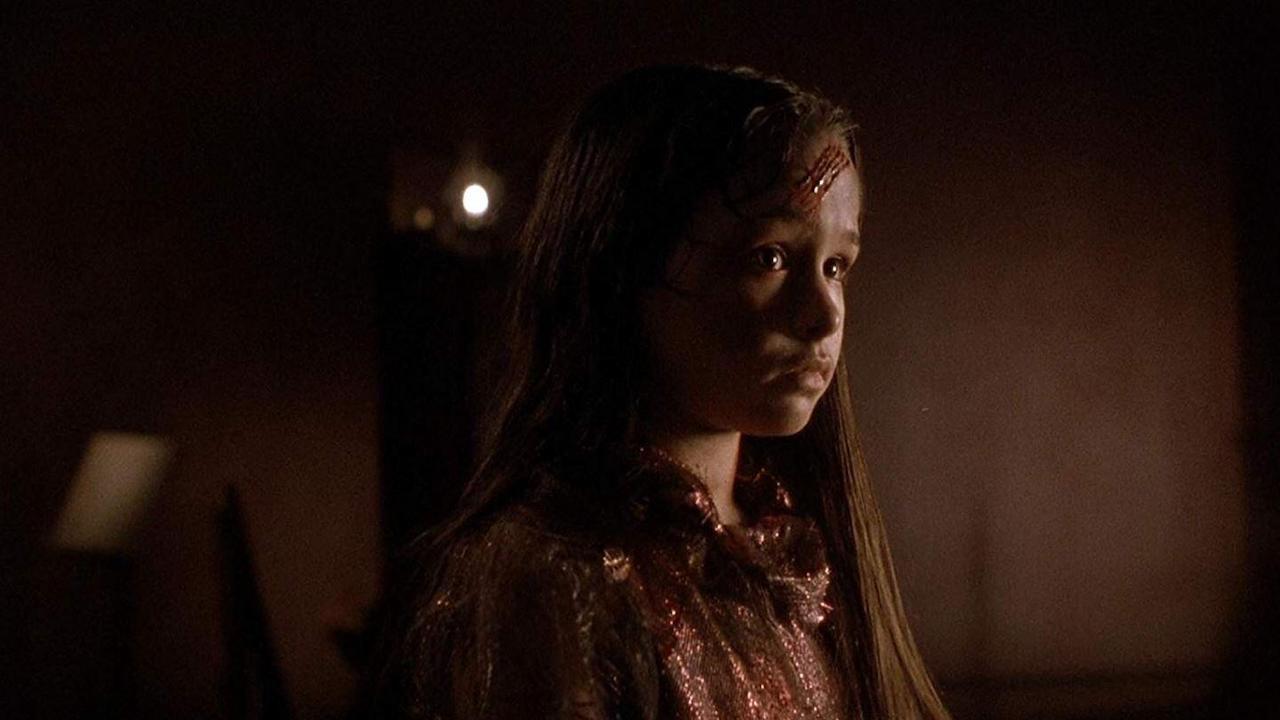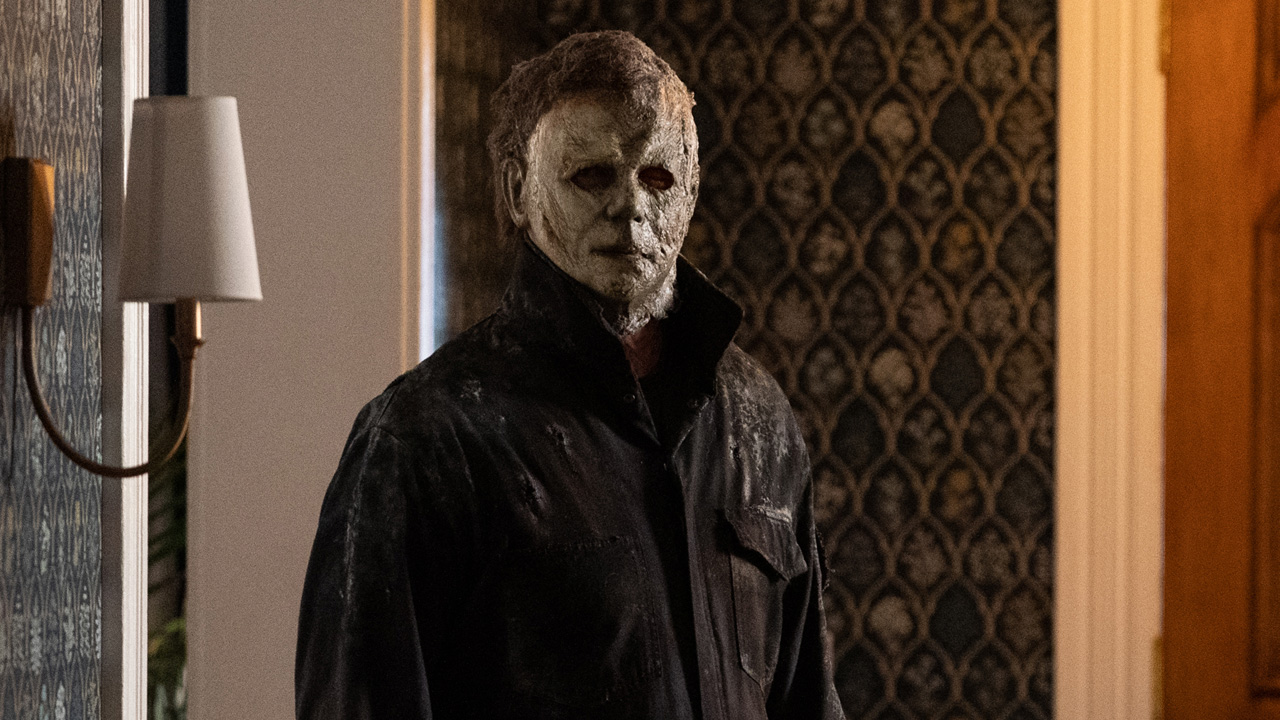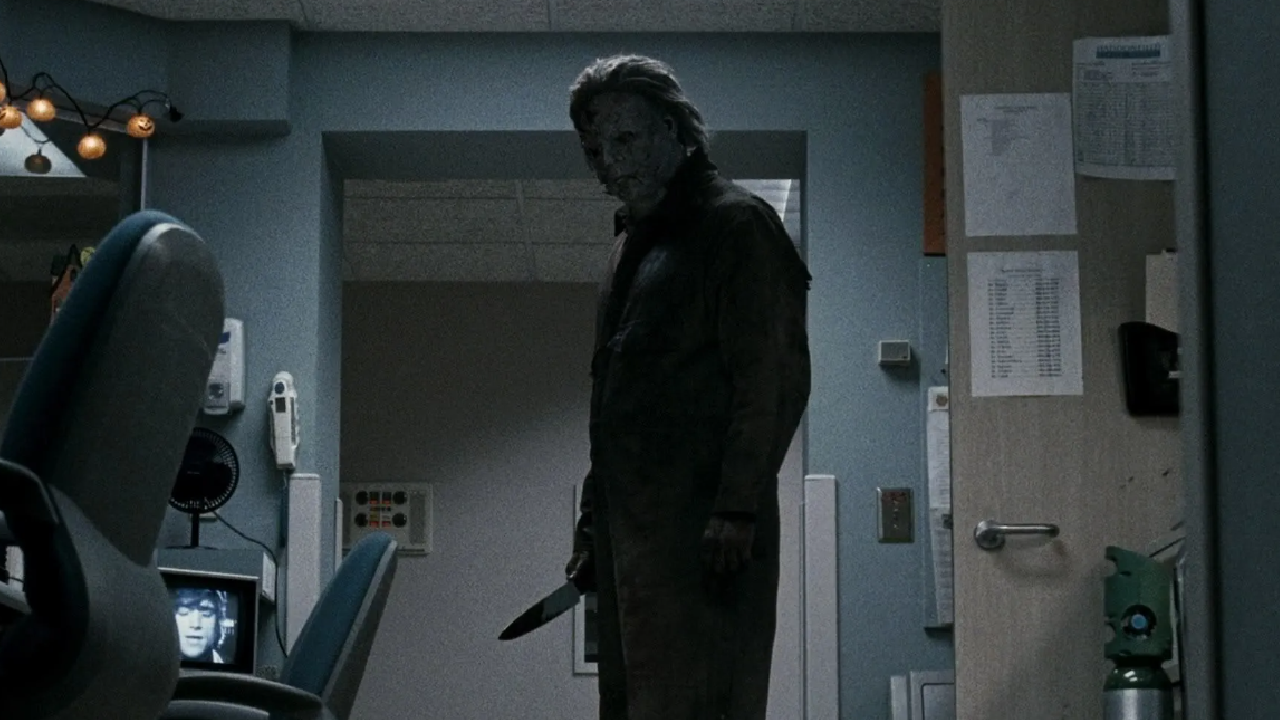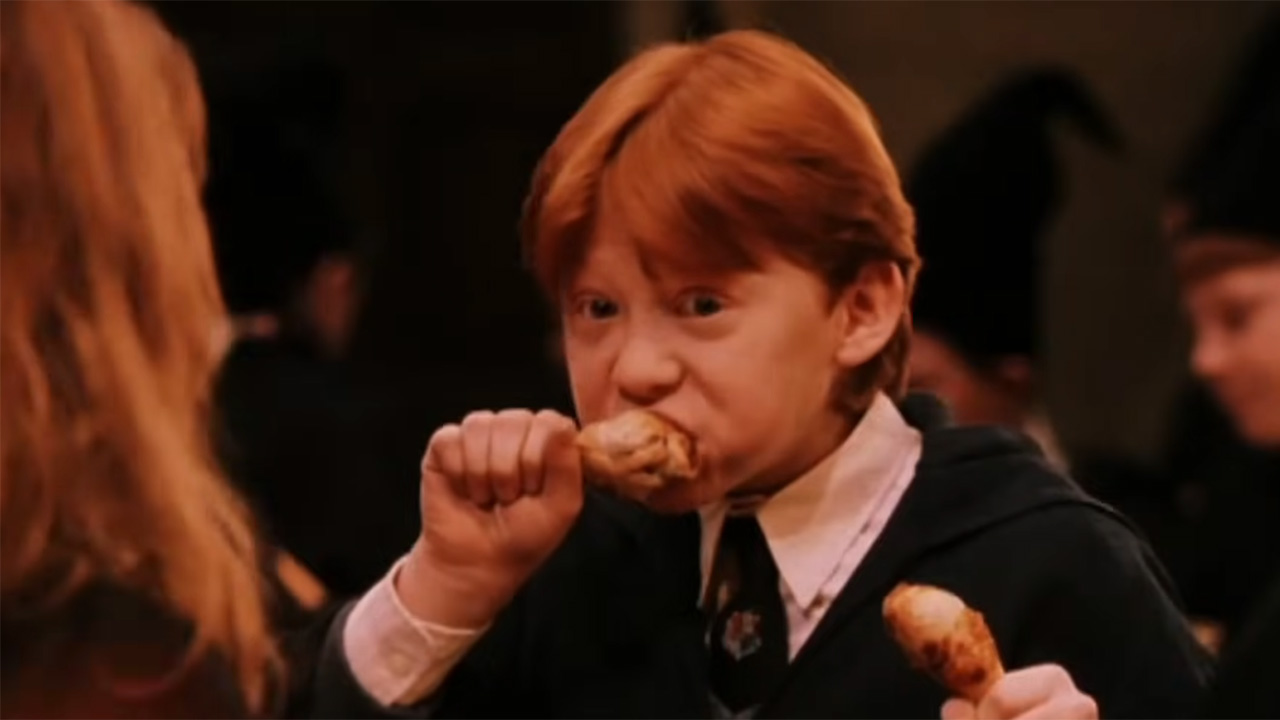The Halloween Franchise’s Confusing Timelines Explained Including Halloween Ends
Halloween is a long-running horror franchise, and its had a number of timelines throughout the years.
The horror genre is built on long-running franchise, which are capable of being extremely profitable. One of the best horror movies is definitely John Carpenter's original 1978 Halloween. And since then Michael Myers has never been far from theaters. But given how many movies have arrived over the years, the various timelines can be pretty confusing. But fear not, as this list will explains the Halloween franchise's multiversal continuity.
Part of the fun of horror franchises is that audience members can usually just watch one without needing much context. But nowadays serialized storytelling is commonplace, so folks might be needing to clarify where they are in the timeline while watching a Halloween movie that's airing on syndication. Below is all you need to know about the various murderous adventures of one Michael Myers.

The Original Halloween And Sequel
As previously mentioned, this long-running horror franchise began with John Carpenter's original Halloween movie. That small indie production became a huge hit, and was the big break for the iconic Jamie Lee Curtis. Because of that movie's success a sequel was quickly green lit, set immediately after the events of the 1978 original movie.
Halloween II was released in 1981, with Carpenter no longer directing, but co-writing the script. This movie was the one that revealed Michael was actually Laurie Strode's brother; she was adopted by the Strodes as a child. This plot point would greatly influence future installments, although the Blumhouse trilogy ignored the sequels and didn't make the two protagonists related. Carpenter would eventually call making Laurie and Michael siblings "awful." Following the second movie (which is also set in 1978), the timelines of Halloween start splintering. So buckle up.

The Jamie Trilogy
After the wild release of Halloween III: Season of the Witch (more about that later), a new trilogy of movies was formed. With Jamie Lee Curtis taking time away from the role of Laurie, the focus shifted to Danielle Harris' Jamie Lloyd. The young girl was revealed to be Laurie's daughter that she gave up for adoption, and eventually uncle Michael Myers fixates on her for a series of movies.
Laurie giving up her child for adoption is a plot line that only exists in this specific trilogy of Halloween movies. Harris' Jamie definitely was a different type of final girl, considering just how imbalanced the power dynamic with Michael Myers is.
In the fifth movie Halloween: The Curse of Michael Myers, an older Jamie is finally killed by Michael, and he turns his fixation to her own daughter. That movie also features Paul Rudd as an adult Tommy Doyle, the boy Laurie was babysitting in the original movie. But the events of these three movies were not carried through to future Halloween sequels.
Your Daily Blend of Entertainment News

H20 and Halloween: Resurrection
Three years passed after The Curse of Michael Myers before another Halloween movie was release. That project was 1998's H20: 20 Years Later. The '90s slasher saw the welcomed return of Jamie Lee Curtis as Laurie Strode, and ignored the events of the previous three movies. In it we see an adult Laurie, who has adopted a fake name and is the headmistress of a fancy boarding school. Among the students is her son John, played by the ageless Josh Hartnett.
This version of Laurie feels somewhat connected to the version we'd get in the Blumhouse's movies. She's similarly ruled by her trauma related to Michael, having vision of the masked killer long before he eventually finds and attacks her. And she's self-medication with booze to get through the day.
Jamie Lee Curtis has claimed she did H20 for the paycheck, which might explain why she has such a small role in its sequel Halloween: Resurrection. Laurie is infamously killed off in the opening sequence, which many fans took umbrage with. Luckily that wouldn't be the last time she played the beloved final girl.

The Blumhouse Halloween Trilogy
Case in point: David Gordon Green's trilogy of Blumhouse Halloween movies, which have arrived in both theaters and streaming over the last few years. The 2018 movie created another timeline for the slasher franchise, serving as a direct follow-up to the 1978 and ignoring all of the Halloween sequels that had come before. Green's first Halloween broke box office records for the franchise, and its story was expanded into a full-blown trilogy.
A big change in the Blumhouse movies is that Laurie is no longer related to Michael Myers in any way. Instead, The Shape functions more as an agent of chaos, killing and sparing Haddonfield residents at random. Halloween Ends' ending saw Laurie and Michael's conflict seemingly coming to a conclusion, and Curtis isn't expected to return to the franchise. Although there's also reportedly plans for another Halloween reboot in the works.

Rob Zombie's Pair Of Movies
Of course, there are still a handful of Halloween timelines left to wrap up on this list. So where does the pair of Rob Zombie movies fit into the long-running franchise? The short answer is that it doesn't. Instead it serves as a modern take on the events of the original film.
Zombie's Halloween movies are set in the late '90s and feature new versions of classic characters like Laurie, Annie, and Dr. Loomis. They are far more graphic than the rest of the franchise, and has an ultra gritty and brutal tone. Many hardcore fans of the Halloween franchise aren't a fan of this take on the franchise, but it was exciting that Jamie Lloyd actress Danielle Harris returned and got to play Laurie's friend Annie. One of the ways the Zombie Halloween movie separated itself from the original was by having Annie survive and make it into the sequel.

Bonus: Season of the Witch.
This one is perhaps the most infamous entry in the Halloween franchise, mostly because it's so unlike any of the other installments of the long-running slasher property. Namely because Season of the Witch is the only movie that's missing the man himself, Michael Myers.
Rather than being a slasher, instead this movie focuses on (you guessed it) magic. Most fans ignore this movie altogether, as it's disconnected from Michael and the rest of the franchise. And as such, it stands on its own island with this list of Halloween timelines. Although Halloween Ends' director admitted he toyed with the idea of connecting Season of the Witch to the Blumhouse trilogy. In the end its separate from any of the other movies.

Corey was born and raised in New Jersey. Graduated with degrees theater and literature from Ramapo College of New Jersey. After working in administrative theater for a year in New York, he started as the Weekend Editor at CinemaBlend. He's since been able to work himself up to reviews, phoners, and press junkets-- and is now able to appear on camera with some of his favorite actors... just not as he would have predicted as a kid. He's particularly proud of covering horror franchises like Scream and Halloween, as well as movie musicals like West Side Story. Favorite interviews include Steven Spielberg, Spike Lee, Jamie Lee Curtis, and more.
